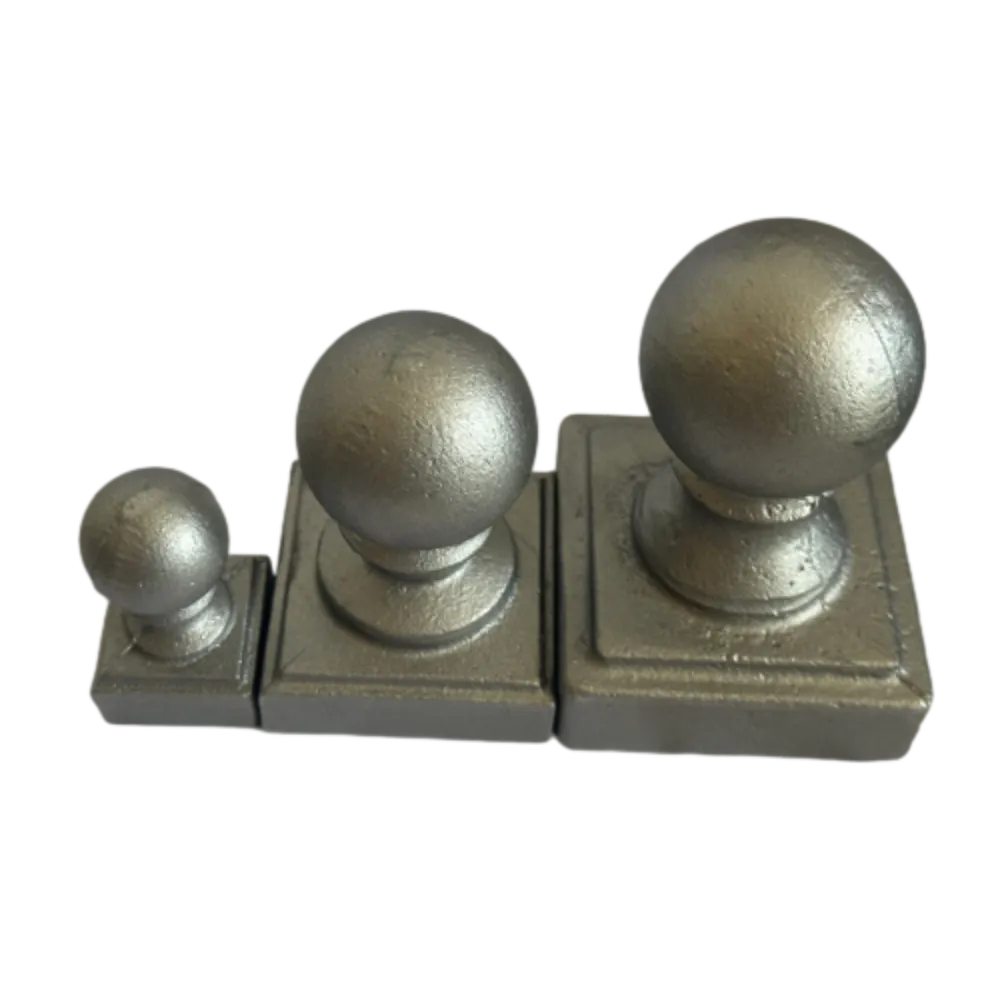Properties and Applications of Wrought Iron in Modern Metalworking Techniques
The Legacy and Characteristics of Wrought Iron
Wrought iron, with its distinctive fibrous structure and exceptional ductility, is a metallic alloy that has played an integral role in the development of human civilization. This unique metal, primarily composed of iron with low carbon content, has a rich history that dates back to ancient times. Its legacy is still evident in various applications, from architecture to decorative arts.
Historical Context
The production of wrought iron dates back to around 3000 BC in the Near East, where it was first used in tools and weapons. Unlike cast iron, which is poured into molds and has a high carbon content, wrought iron is created by repeatedly heating and hammering the metal to remove impurities and improve its properties. This method results in a product that is malleable and can be shaped easily, making it an excellent choice for a variety of applications. Throughout history, wrought iron has been used in everything from simple agricultural tools to intricate blacksmith creations, serving as a testament to human ingenuity and craftsmanship.
Wrought iron gained particular prominence during the industrial revolution when advances in metallurgical processes allowed for mass production. It became the material of choice for constructing bridges, railways, and buildings due to its strength and resilience. Iconic structures like the Eiffel Tower and countless historic railway bridges bear witness to the strength and versatility of wrought iron.
Physical Properties and Characteristics
Wrought iron is characterized by its low carbon content, which typically ranges from 0.02% to 0.08%. This low carbon content contributes to its unique properties, including high ductility, excellent tensile strength, and resistance to corrosion. The fibrous structure of wrought iron results from the slag inclusions within the material, which enhance its toughness and ability to withstand deformation.
metal wrought iron

One of the most significant advantages of wrought iron is its workability. Blacksmiths can easily manipulate and forge the metal into complex shapes, allowing for elaborate designs in decorative elements such as gates, railings, and furniture. Furthermore, its resistance to fatigue makes it an ideal choice for applications subjected to repeated stress, such as in construction and infrastructure.
Modern Applications
While wrought iron is less commonly produced today due to the rise of more cost-effective materials like mild steel, it is still highly valued in specific niches. Restoration projects for historical buildings often require the use of wrought iron to maintain authenticity. Enthusiasts and artisans still appreciate its aesthetic appeal and workability, leading to a resurgence in handcrafted wrought iron products.
In contemporary architecture, wrought iron is often used for ornamental purposes. Its elegant appearance, combined with the ability to customize designs, makes it a favored material for gates, balconies, and stair railings. The beauty of wrought iron lies not only in its functionality but also in the craftsmanship that goes into every piece.
Conclusion
Wrought iron has a storied history that reflects the evolution of human innovation and artistry. From its humble beginnings in ancient civilizations to its enduring presence in modern architecture, wrought iron is more than just a material; it represents a legacy of craftsmanship, resilience, and beauty. As society continues to blend tradition with modernity, wrought iron remains a testament to the skill and creativity that humans have harnessed throughout history. Whether in the form of a decorative railing or part of a historic restoration, the charm of wrought iron continues to captivate, reminding us of its lasting impact on our world.
-
Wrought Iron Components: Timeless Elegance and Structural StrengthNewsJul.28,2025
-
Window Hardware Essentials: Rollers, Handles, and Locking SolutionsNewsJul.28,2025
-
Small Agricultural Processing Machines: Corn Threshers, Cassava Chippers, Grain Peelers & Chaff CuttersNewsJul.28,2025
-
Sliding Rollers: Smooth, Silent, and Built to LastNewsJul.28,2025
-
Cast Iron Stoves: Timeless Heating with Modern EfficiencyNewsJul.28,2025
-
Cast Iron Pipe and Fitting: Durable, Fire-Resistant Solutions for Plumbing and DrainageNewsJul.28,2025
-
 Wrought Iron Components: Timeless Elegance and Structural StrengthJul-28-2025Wrought Iron Components: Timeless Elegance and Structural Strength
Wrought Iron Components: Timeless Elegance and Structural StrengthJul-28-2025Wrought Iron Components: Timeless Elegance and Structural Strength -
 Window Hardware Essentials: Rollers, Handles, and Locking SolutionsJul-28-2025Window Hardware Essentials: Rollers, Handles, and Locking Solutions
Window Hardware Essentials: Rollers, Handles, and Locking SolutionsJul-28-2025Window Hardware Essentials: Rollers, Handles, and Locking Solutions -
 Small Agricultural Processing Machines: Corn Threshers, Cassava Chippers, Grain Peelers & Chaff CuttersJul-28-2025Small Agricultural Processing Machines: Corn Threshers, Cassava Chippers, Grain Peelers & Chaff Cutters
Small Agricultural Processing Machines: Corn Threshers, Cassava Chippers, Grain Peelers & Chaff CuttersJul-28-2025Small Agricultural Processing Machines: Corn Threshers, Cassava Chippers, Grain Peelers & Chaff Cutters












